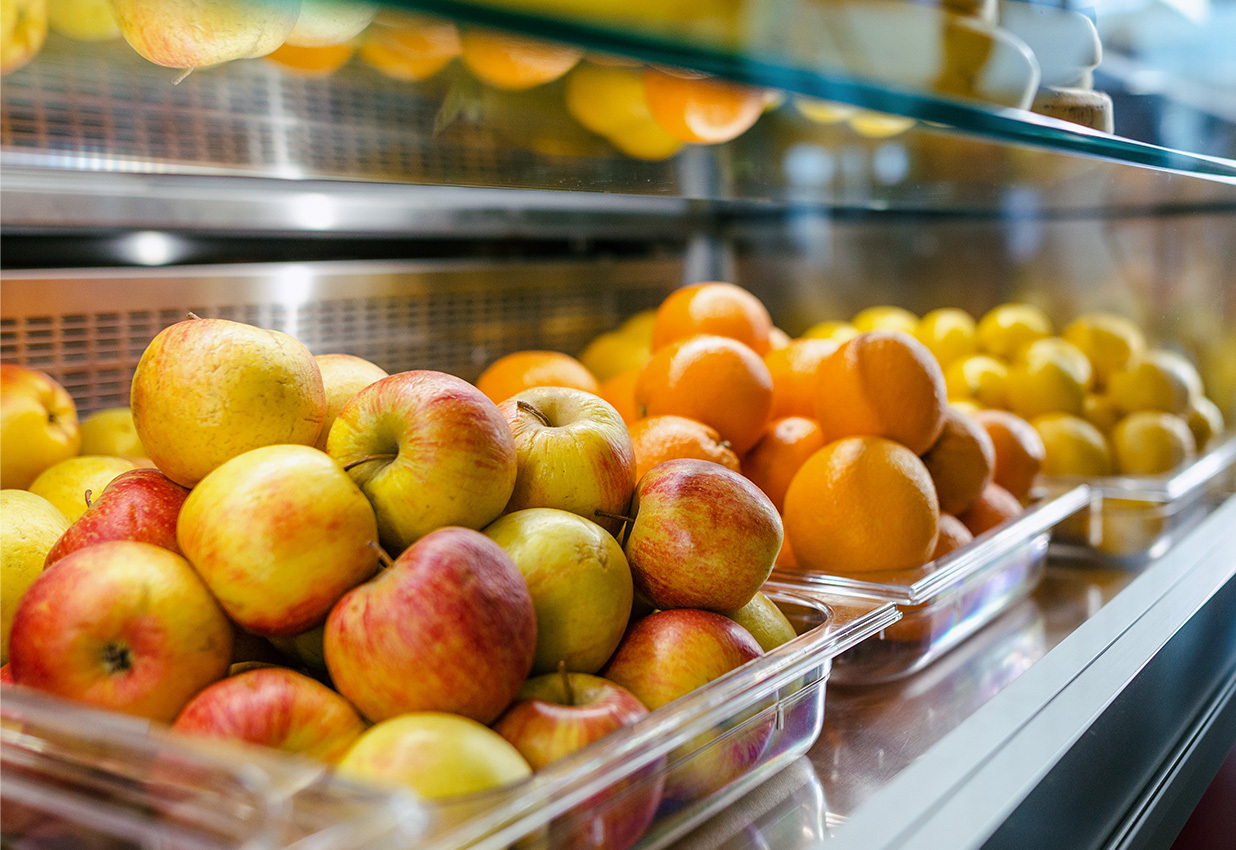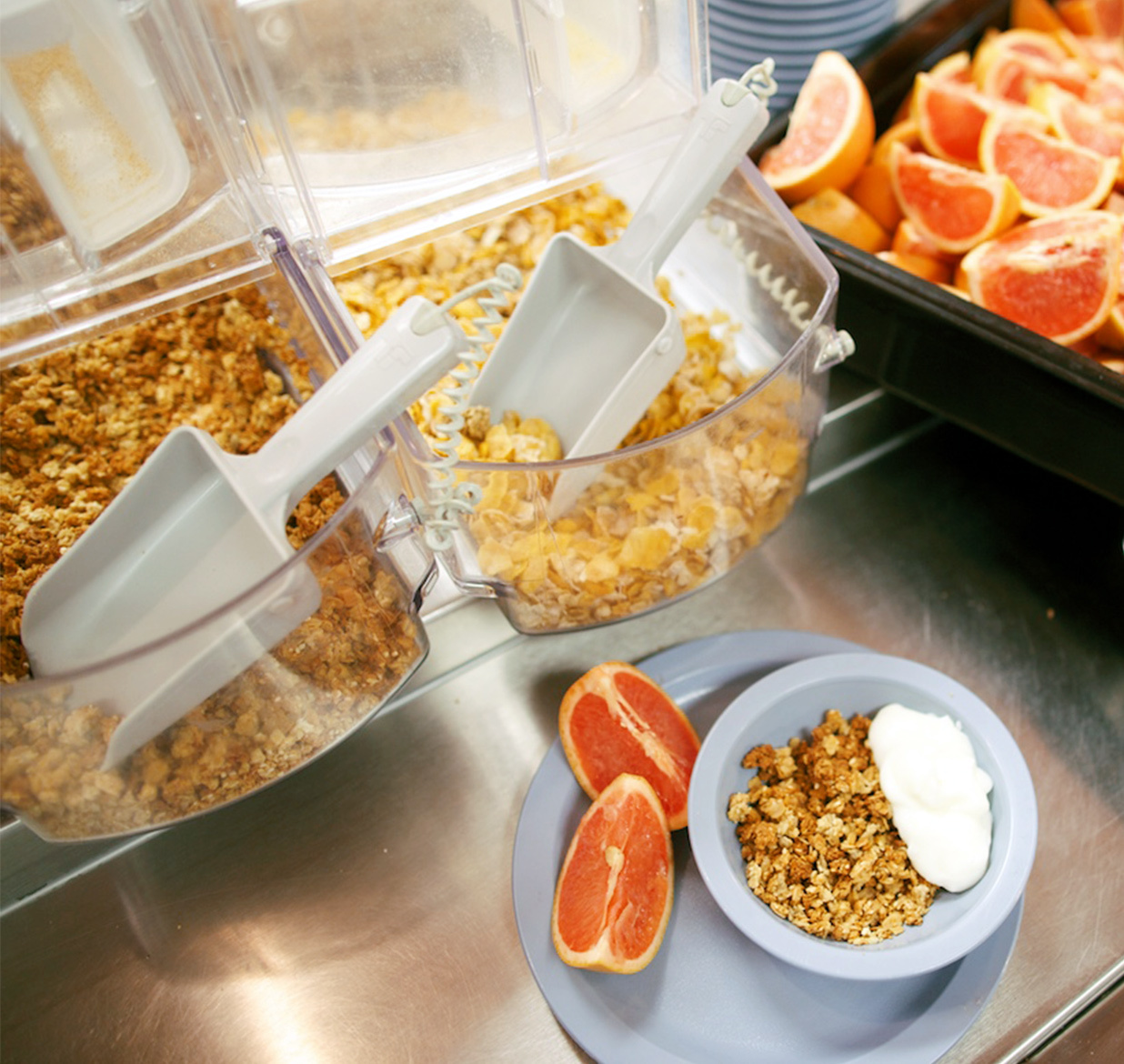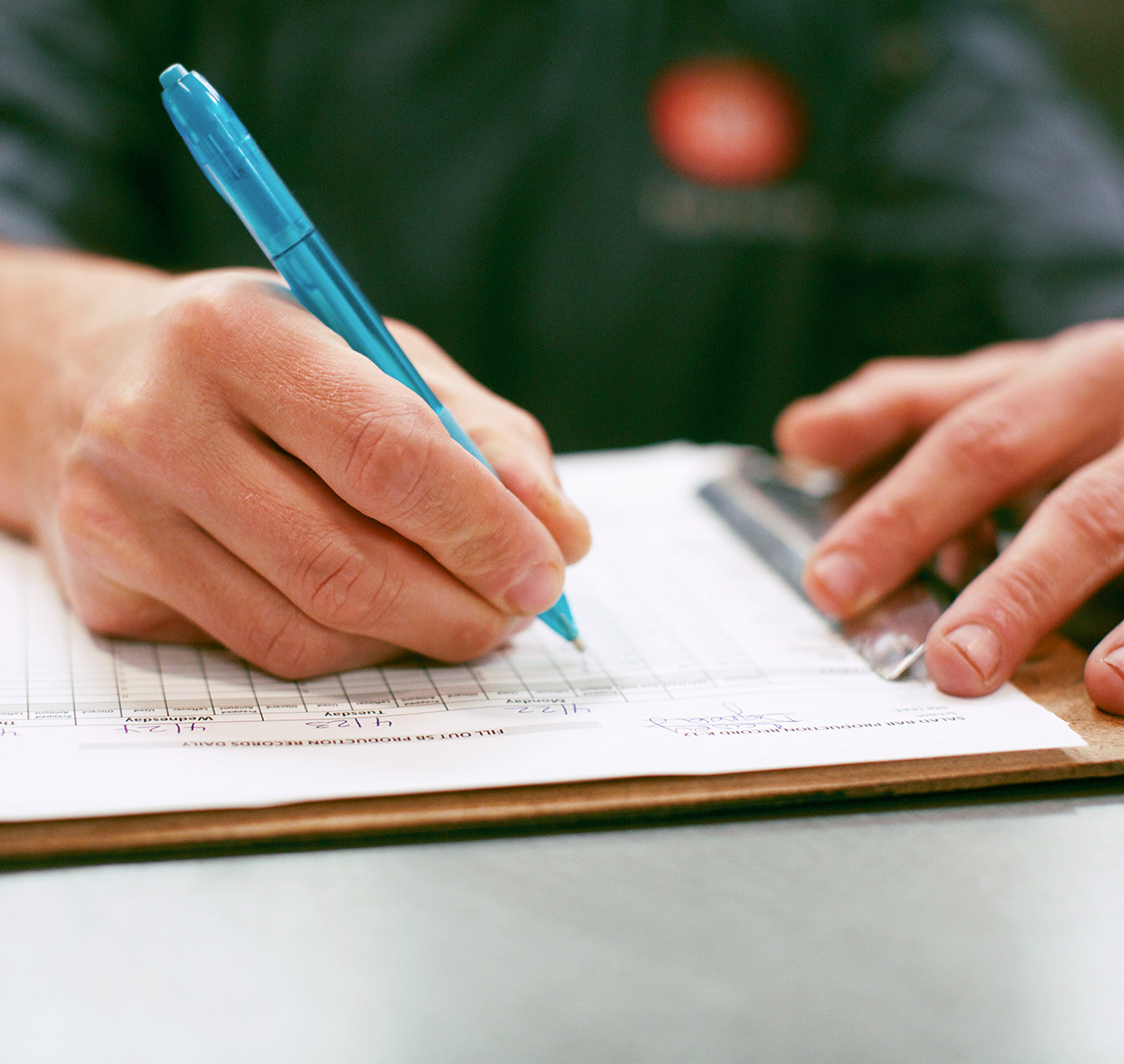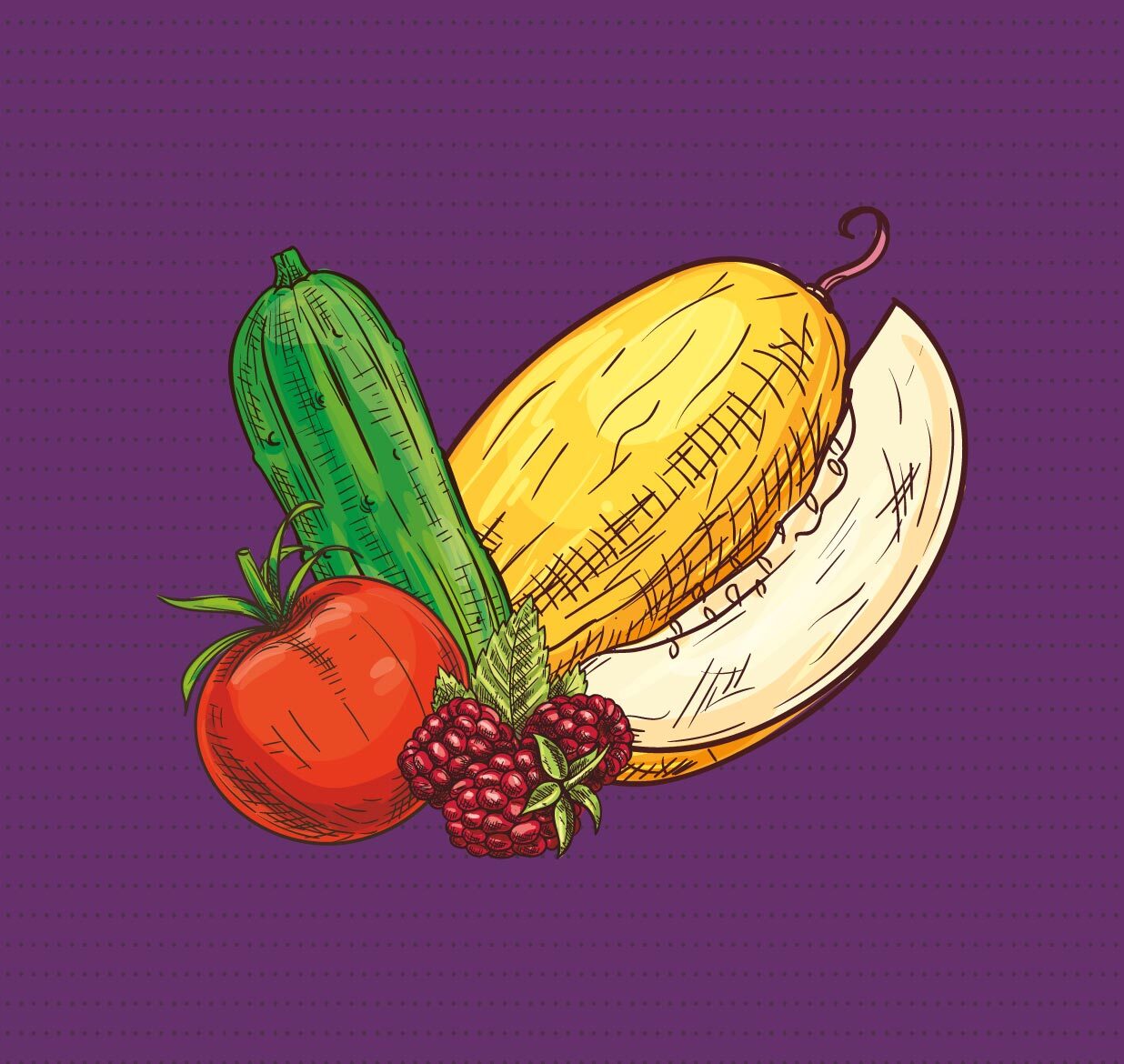
School Breakfast: Preparing to Launch
You’re ready to launch: you’ve vetted your expansion plan, know which service model is happening where, and your stakeholders are chomping at the bit for breakfast to start. But what does the launch work look like?

School Breakfast: Preparing to Launch
You’re ready to launch: you’ve vetted your expansion plan, know which service model is happening where, and your stakeholders are chomping at the bit for breakfast to start. But what does the launch work look like?
Your core implementation team will vary depending on the size of your district. For example, Houston (which is very large) implemented Breakfast in the Classroom (BIC) at 180 sites by rolling out BIC at ten schools per week. A district like St. Paul (which is a quarter of the size of Houston and has a smaller team) rolled out Grab ‘n Go breakfast at two schools per week. Both examples are discussed in FRAC’s Breakfast “How To” Webinar Series.
Depending on your team’s capacity and timing, you’ll have to decide what rollout schedule makes sense for your district. Your primary goal should be a smooth and successful rollout, since nothing can derail breakfast programs faster than a poor launch. This is especially true of BIC programs.
Logistics
Involve the whole school site team, including: food service staff, principal, teachers, paraprofessionals, and custodians. The food service team orchestrates the program but will need the support and cooperation of the school team. Everyone needs to be informed and trained. See a sample Breakfast Plan for School Team.
Unlike Traditional Breakfast, BIC and Grab ‘n Go are successful when all of the key stakeholders know their role and are motivated and organized. Regardless of how prepared everyone may be, the actual rollout of any new program can test the nerves of many. Your team should be rehearsed and ready for the following:

Timing
This is dependent on the service model. If you are operating Traditional Breakfast, then the routine is familiar. Your team will have vetted the timing and routine with the principal and school support staff and things should run smoothly out of the gate.
The BIC delivery model, which can be handled in a number of ways, should be timed as close to the start of first period as possible. If you are operating Grab ‘n Go for first period or between periods, timing and placement of the pick-up areas (hallways, intersections, cafeteria) should be established based on the bell schedule and layout of the building. Timing can be tested before launch but expect some adjustments in the first few weeks. The school site teams should meet, evaluate and adjust as needed. It’s important to maintain a positive “can do” supportive atmosphere.

Accountability
There are several methods for accountability. Our Breakfast Accountability Procedures can be customized to fit any implementation model. For BIC accountability, you will typically need to train the teacher or paraprofessional on meal identification and the routine of recording which students have taken a meal.
Roster check-off is the most common method in which weekly rosters are delivered daily with the food, filled out by the classroom staff, then picked up with the leftovers and entered into the Point-of-Sale System (POS) by food service staff. For Grab ‘n Go, some districts have mobile device options for their POS, or many schools simply use their computers and PIN-pads wirelessly (or offline and perform an upload later). If the school is Provision 2 or operating under the Community Eligibility Provision ( CEP), student numbers are not required. In that case, regardless of the model, a simple student count can be utilized but some districts retain use of rosters in the event that the school falls out of eligibility for Provision 2 or CEP.
In Houston, they relieved the classroom staff of accountability tasks by collecting the ID cards of students who selected reimbursable meals and returning the cards to the teachers’ mailbox after the food service staff scanned the cards into the POS system. For Traditional Breakfast and Grab ‘n Go models, use of the POS system is very common and successful for both universal programs as well as traditional, free-and-reduced-priced meals, and paid models.

Trash Collection and Classroom Cleanup
Breakfast eaten in the classroom usually requires custodial cooperation since the additional trash is generated outside the contained venue of a cafeteria. By involving the custodial staff in the early planning process, you can establish their commitment to the disposal and cleanup process.
One common solution for classroom delivery is a trash bag delivered along with the meals to each classroom, and then the students collect their own trash and place it either outside the classroom or in trash bins in the hall. The custodian would then collect the waste and dispose of it. In Grab ‘n Go models, a bag is often already used when the student picks up their breakfast, so those bags can be used for their trash and placed in a hallway trash bin.
If your school is set up to recycle food packaging, here is a Breakfast Recycle Bin Sign. Districts that compost food waste often provide a compostable bag and compost bins placed in the classroom or hallway. Typically, waste collection does not need additional time from the custodian.
School districts also use a variety of ways to manage mess in the classroom, such as deli paper for placemats, bulk-packing breakfast meal components to reduce packaging waste, and gentle all-purpose cleaner (more kid-friendly than bleach solutions) and paper towels to each classroom so the students can assist in cleaning desks. The primary task is to establish a routine with the cooperation of the school team, and then reinforce the training with the students. See a sample Breakfast in the Classroom SOP.

Pest Management
Concerns about pest management are common, but we find that pests in the classroom usually isn’t a direct result of BIC. However, if participants do not follow the clean-up routine, then pest management can become an issue.
Be sure to create the routine and educate early and often, reinforcing that cleaning up crumbs and trash removal is key to the process. The teacher can use the activity as a lesson and the kids should be leading the charge to make breakfast a success.
Recommended Next Topic: Program Evaluation
Evaluation is a key part of expansion and change in food service programs. Confirmed by research, breakfast improves student performance, attendance, and reducing tardiness and disciplinary problems.
Recommended Next Topic: Program Evaluation
Evaluation is a key part of expansion and change in food service programs. Confirmed by research, breakfast improves student performance, attendance, and reducing tardiness and disciplinary problems.






